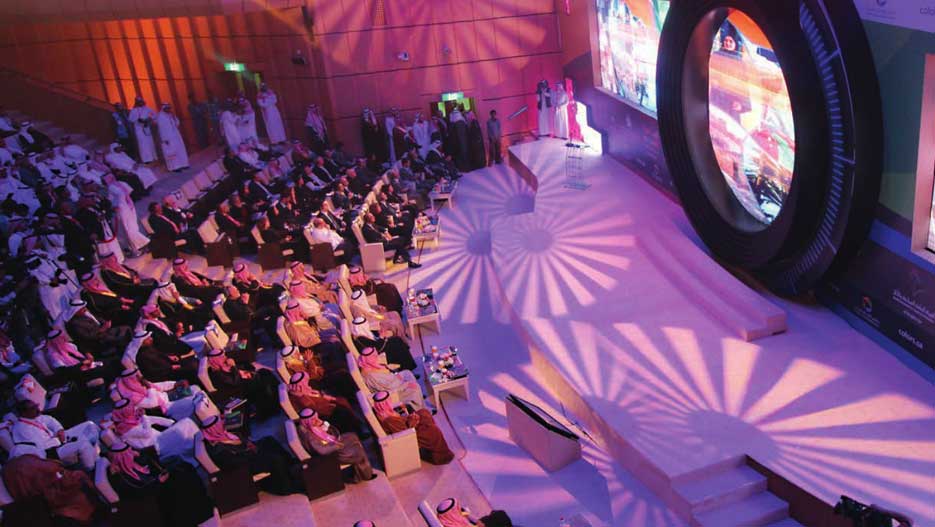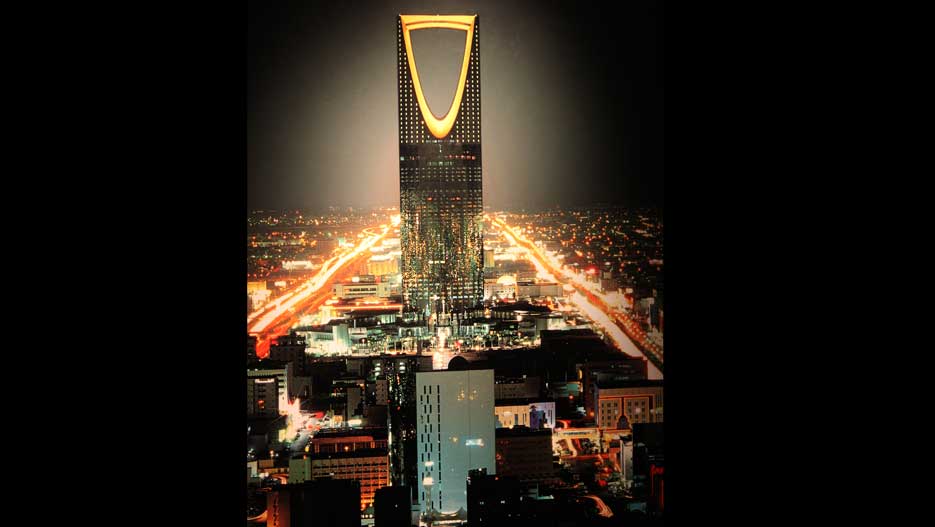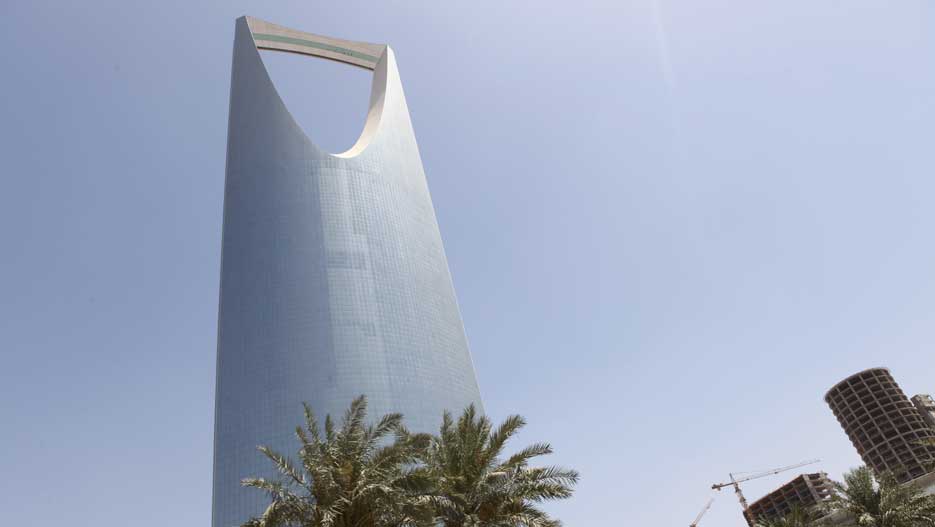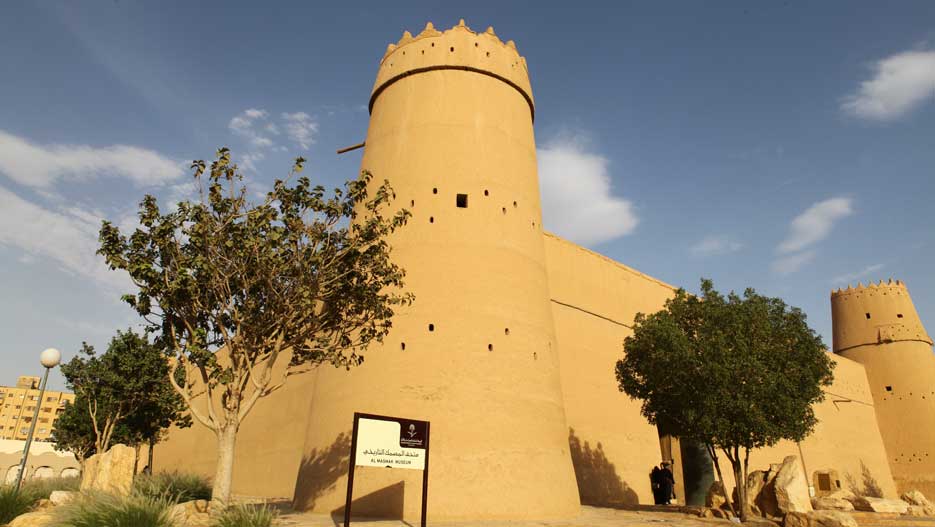Tourism in Saudi Arabia: A Growing Niche
The tourism and service industry could be the providential answer to the pressing unemployment issues in the Kingdom. According to the country’s master economic and industrial development plan through the year 2025, the total Saudi labor force in 2009 consisted of 4,885,960 workers. That figure is projected to grow to 11,850,180 by the end of the planning period.

Tourism is one of the growing economic sectors and one of the pillars of the diversification strategy. While the leisure tourism is in its infancy, Saudi Arabia is home of one of the world’s largest religious tourism industries and a booming MICE tourism.
Massive Tourism Plans
The tourism and service industry could be the providential answer to the pressing unemployment issues in the Kingdom. According to the country’s master economic and industrial development plan through the year 2025, the total Saudi labor force in 2009 consisted of 4,885,960 workers. That figure is projected to grow to 11,850,180 by the end of the planning period.
That figure is projected to grow to 11,850,180 by the end of the planning period.
The Saudi workers represented less than half the total work force in 2009, but they are projected to constitute almost 80 percent of the workforce by the end of 2024, as the need for imported labor declines. Female participation in the labor force is projected to rise from 14.16 percent in 2009 to 30 percent in 2024. The overall unemployment rate, improbably given as a mere 2.84 percent in 2009, is projected to be 0 percent at the end of the planning period.
The overall number of tourist to the Kingdom stood at 11 million people each year. The annual Muslim pilgrimage to Mecca alone brings nearly 2 million foreign visitors to the kingdom, creating a market for accommodations, food, transportation, and other services that are provided mostly by Saudis.

The Commission for Tourism and Antiquities headed by Prince Sultan bin Salman, the first Saudi astronaut, has a strategy to reach 88 million tourists a year in Saudi Arabia by 2020.
The Commission for Tourism and Antiquities headed by Prince Sultan bin Salman, the first Saudi astronaut, has a strategy to reach 88 million tourists a year in Saudi Arabia by 2020.
According to Prince Sultan, 751,000 people have been employed in the sector in the year 2012. Furthermore, he predicted that this sector would eventually become the largest sector to employ the highest number of workers in the country.
Busienss Tourism MICE
Some of the other industry statistics are encouraging. The number of business arrivals to Saudi Arabia in 2012 was close to 2.49 million. There were 39 new hotels scheduled to open in Riyadh between 2014-2017, and the total revenues generated by inbound tourists to Saudi Arabia in 2011 equaled to USD 9.3 billion.
One of the pioneering companies in the business tourism segment is Riyadh International Convention and Exhibition Centre (RICEC). Business tourism is booming with the total revenue generated by conference and exhibition visitors to the Kingdom of Saudi Arabia in 2012, reaching USD 2.3 billion and 3.2 million exhibition and conferences visitors.
The World Bank report found business tourism accounted for 47 percent of all visits to the Riyadh region in 2010, with business tourist expenditure amounting to 60 percent of all visitor expenditure.
The World Bank report found business tourism accounted for 47 percent of all visits to the Riyadh region in 2010, with business tourist expenditure amounting to 60 percent of all visitor expenditure.
Around 10 percent of those business tourists were attending events at RICEC, with total meetings taking place at the facility in 2010, generating US$97.9 million (SAR367.24 million) direct spending in the Riyadh region economy.

According to the Meet Arabia Magazine, “Every US$267,000 spent on meetings at RICEC resulted in direct added value of US$162,619, including delegate spending on tourism services, as well as another US$178,881 (SAR671.000) in related activities across other parts of the economy. The direct effects of the meeting industry at RICEC contributed US$42.1 million (SAR158.1 million) to the Riyadh region’s GDP in 2010,” the report says. “Meanwhile, the indirect and induced effects on GDP are an estimated US$46.36 million (SAR173.9 million).”
Riyadh International Convention and Exhibition Center
Since its 2009 launch, the Riyadh International Convention and Exhibition Center has carved a reputation as one of the leading facilities in the region.
According to statistics from SCTA, which is the tourism authority here, the Riyadh International Convention and Exhibition Centre’s share of the total MICE visitors is 10%. Therefore 10% of the visitors coming to Saudi Arabia for MICE purposes have visited the Exhibition Centre here in Riyadh.
Abdullah Alomran, CEO of RICEC, in an interview for Marcopolis.net said, “Saudi Arabia is an oil-based economy. The MICE segment was considered a side income until 2011, when the Bureau was formed, and they started to look at statistics to do with the direct and indirect impact of this industry. In 2010, the International Bank carried out a study in Riyadh, which declared that the indirect income resulting from the construction of the RICEC was 370 million Riyals. That was in 2010, when we had a very limited number of events. We used the same methodology in 2012 and found that the figure had risen to 500 million Riyals. This figure represents the indirect income from the industries related to this sector such as hospitality, transport and logistics.”
In terms of the direct income, there are no reliable statistics, however Alomran admits he does “know that many sub-activities like boat construction, services and the private sector are growing very fast. When we started, we had very few service providers in Riyadh, but now we have 100 for the sector alone. This shows that sector is encouraging more investors to invest in activities related to this industry.”

In 2013, RICEC was able to attract more than 1 million visitors, 3,200 exhibitors – 60% of whom were international exhibitors. As for the outlook, Alomran optimistically states: “We expect from now until 2017 to have growth of around 10 to 17%, mainly in Riyadh. There will be more projects happening and venues opening around the Kingdom. Overall, there will definitely be growth of over 10% here.”
RICEC was built by the Riyadh Chamber of Commerce and Industry. With total exhibition space covering 14,644 column-free square metres inside, and an additional 4,626 square metres outside, a 1,100-seat auditorium and a VIP lounge, RICEC is now the preeminent exhibition space in the kingdom.
The total land area of RICEC is about 190,000m2, making space for massive expansion. “We have many plans to expand in the future. In the first phase, we plan to expand the hall space by 5,000m2. We have plans for a four star hotel within our perimeter, with 200 keys. The construction of this hotel will start in early 2015. We have plans to expand more and more in the second phase of the hall expansion. Over the next three years, I think that we are going to invest around 170 million Riyals,” Alomran concludes.